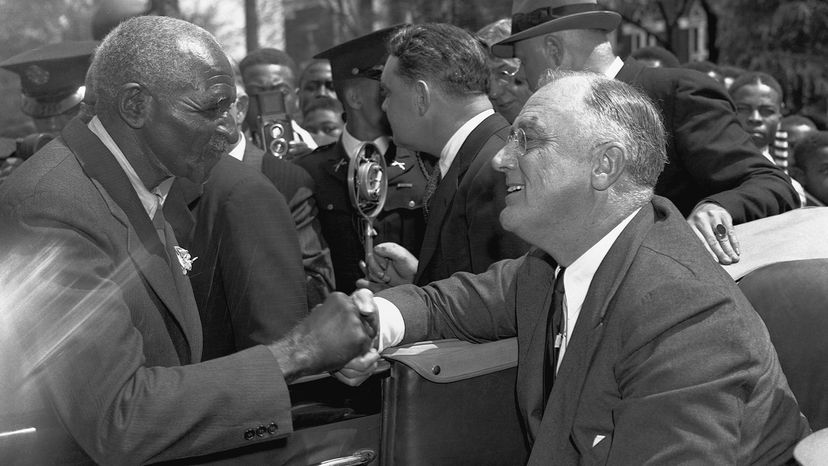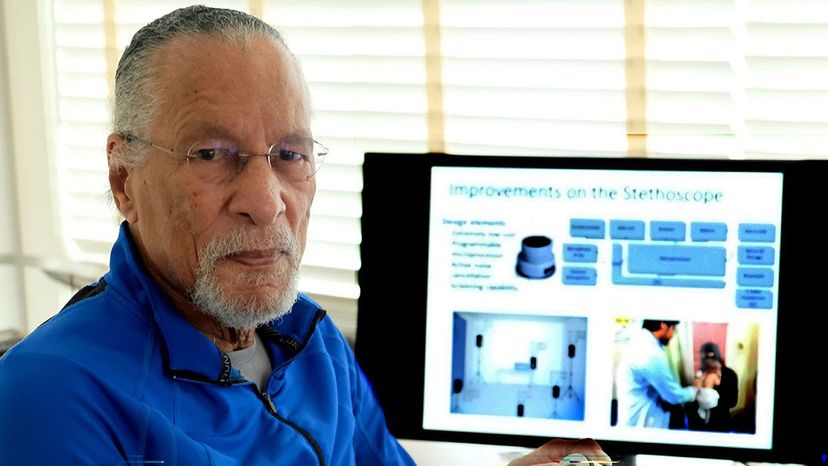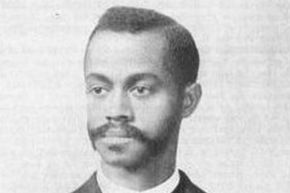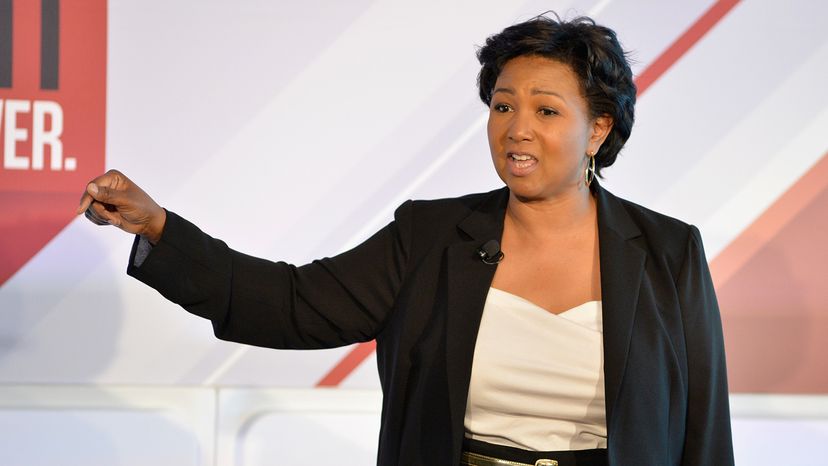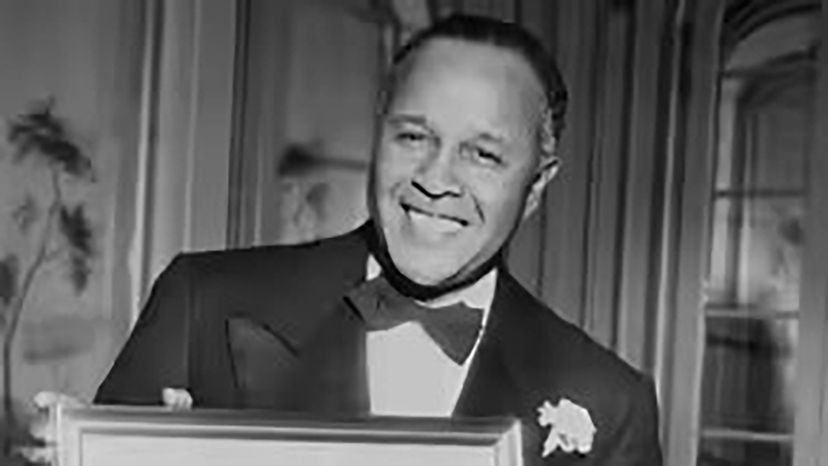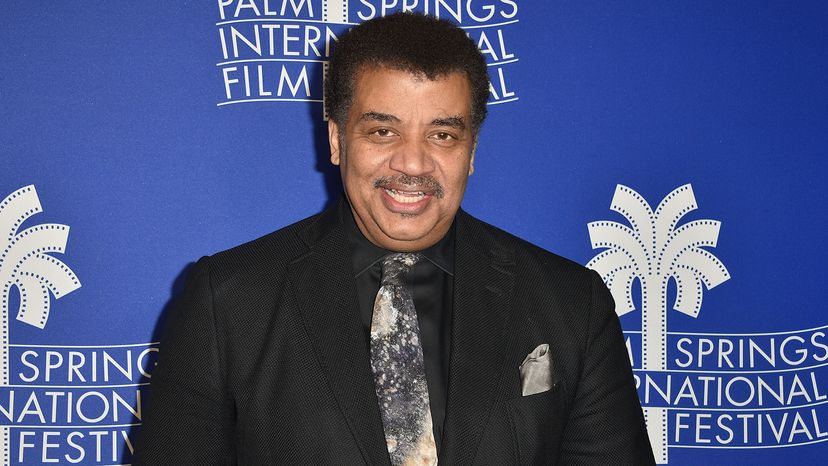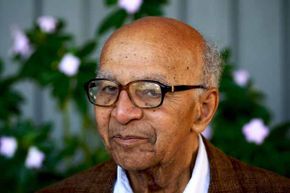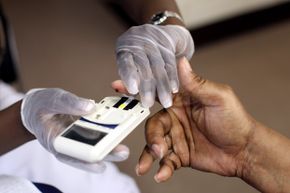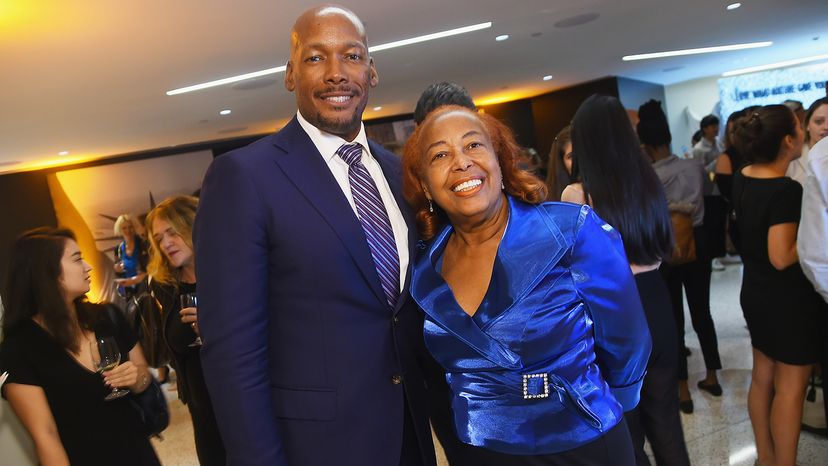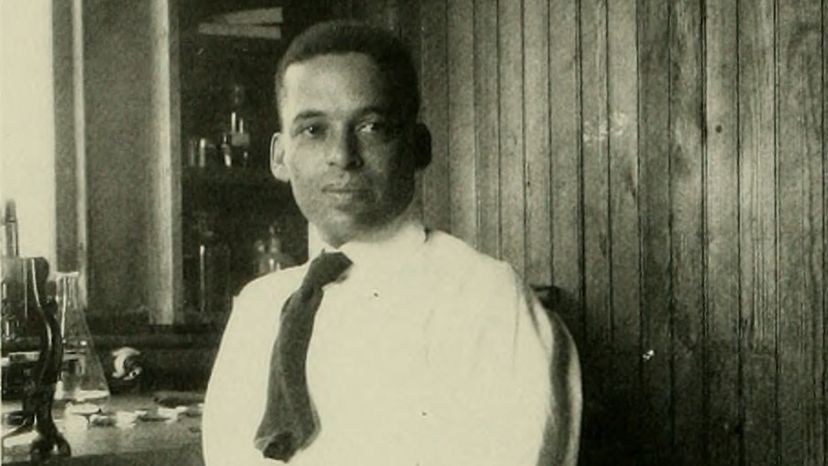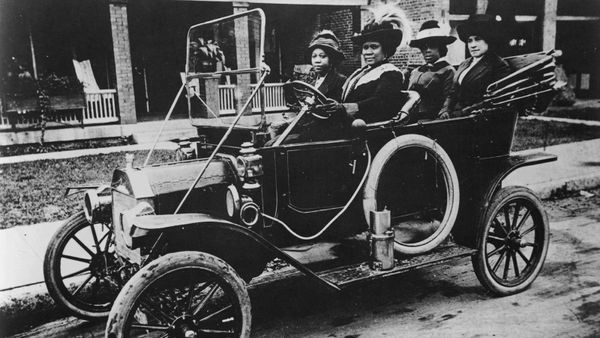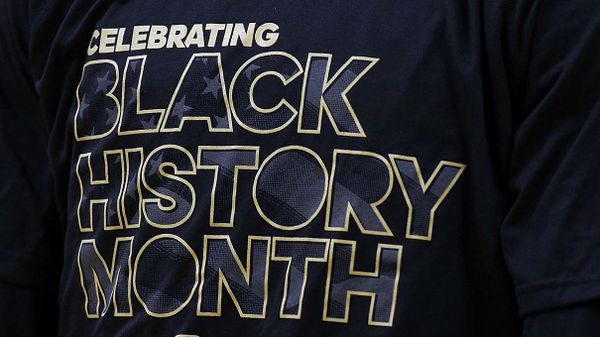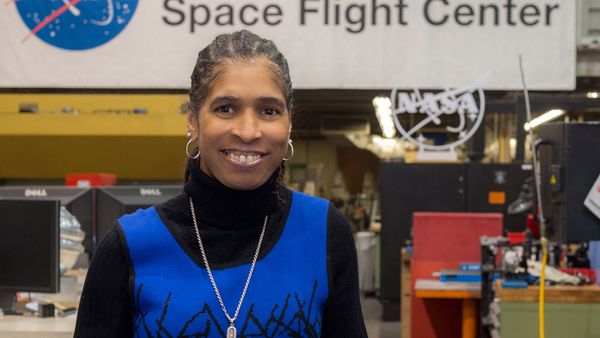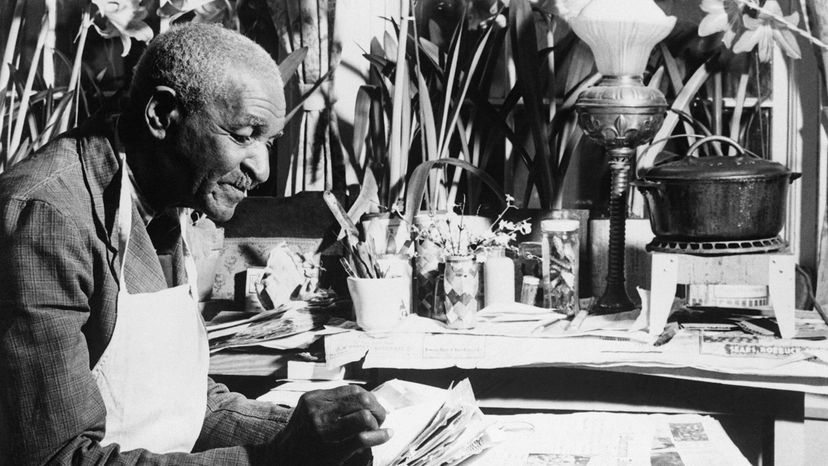
Key Takeaways
- These individuals, including George Washington Carver and Mae Jemison, overcame racial and gender barriers to make groundbreaking discoveries in fields ranging from chemistry and physics to astronomy and medicine.
- Each scientist's work has had a lasting impact, opening doors for future generations and changing the way we understand the world around us.
Since before the Civil War, Black scientists have been conducting pioneering research that has changed the way we still live and work today. Despite experiencing racial bias from an early age, these remarkable people kept their eyes on the prize. They persevered when educational opportunities were barred because of prejudice, and found ways to do research when employment was denied for no reason other than the color of their skin.
From well-known Black scientists, such as George Washington Carver, to James West, who coinvented the microphone, to those whose impressive scientific records have nearly languished in obscurity, our list will have you rethinking what else might be left out of your history textbook.
Advertisement
